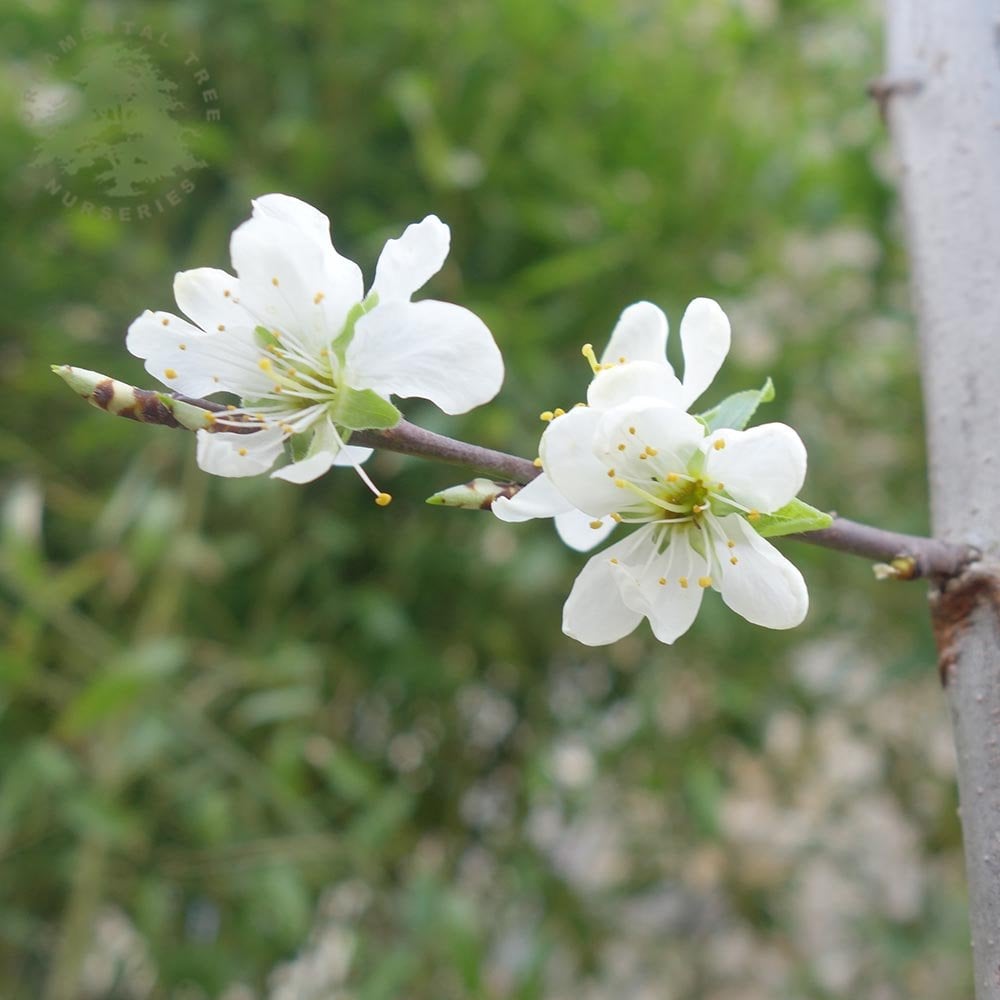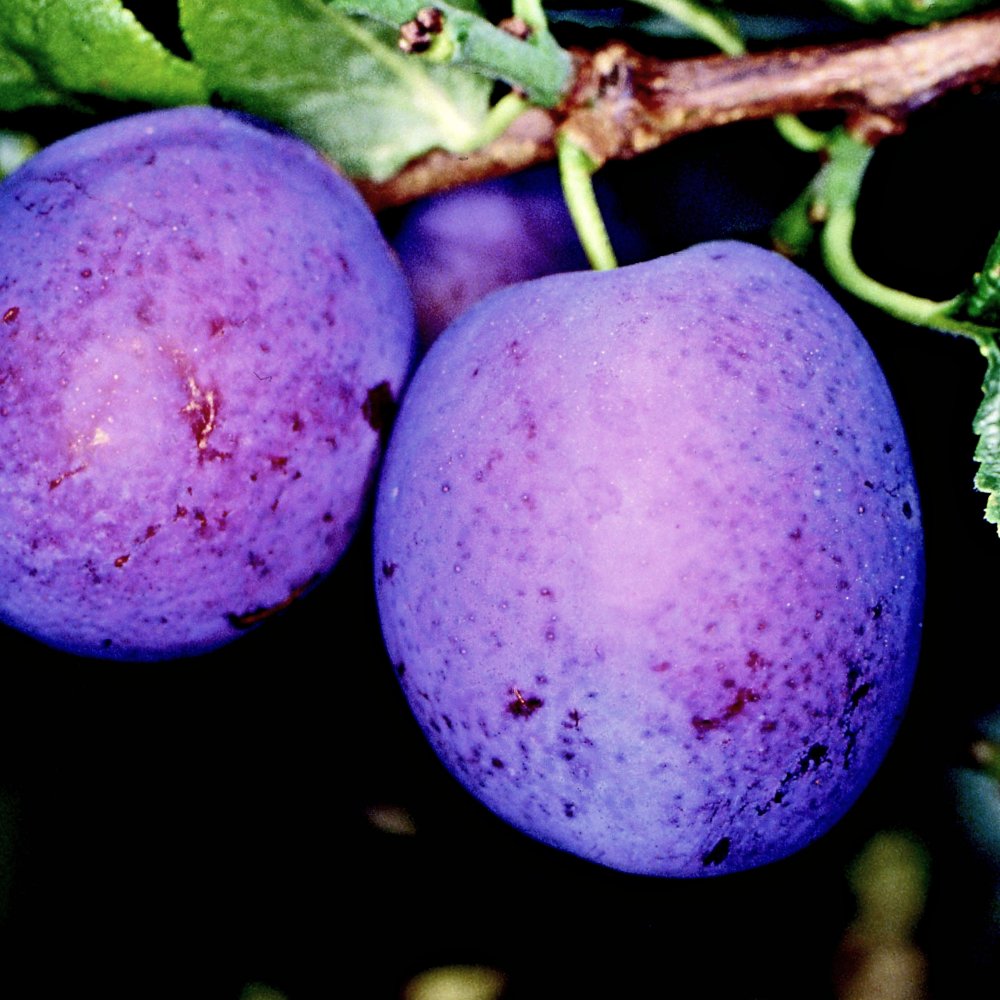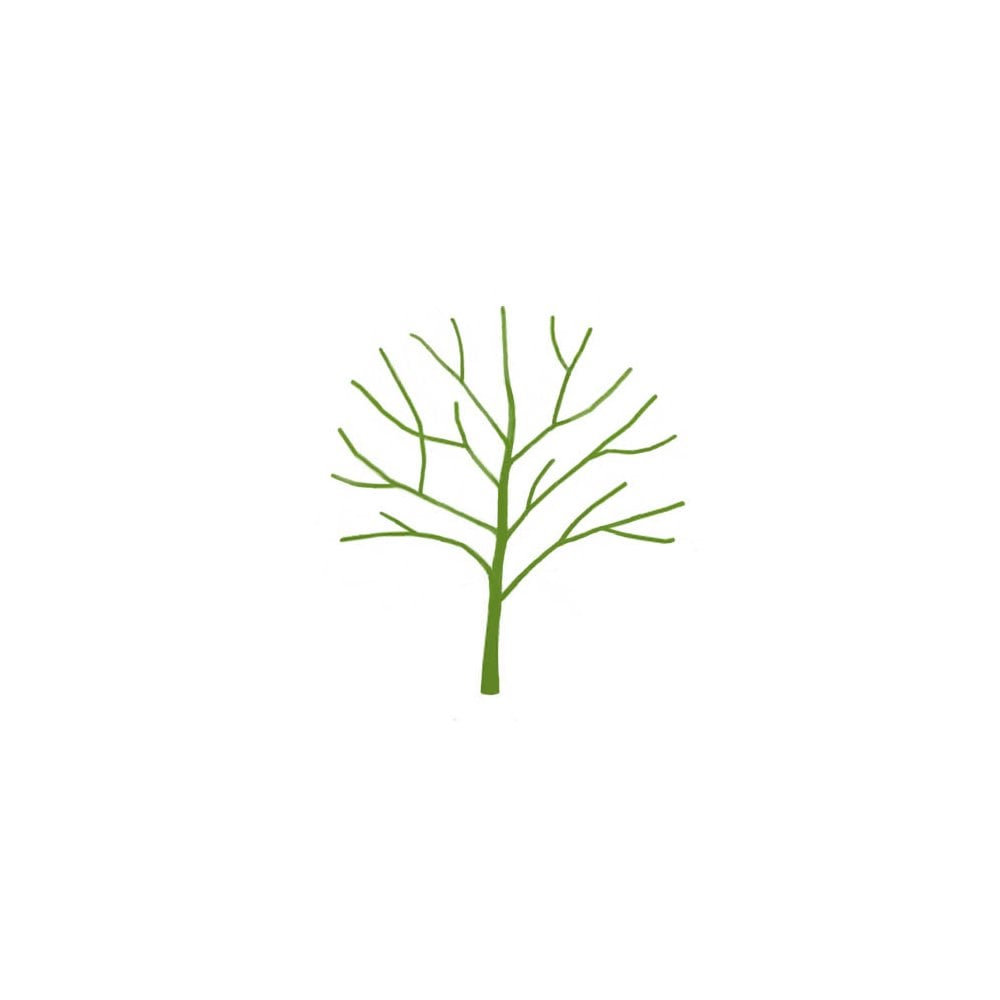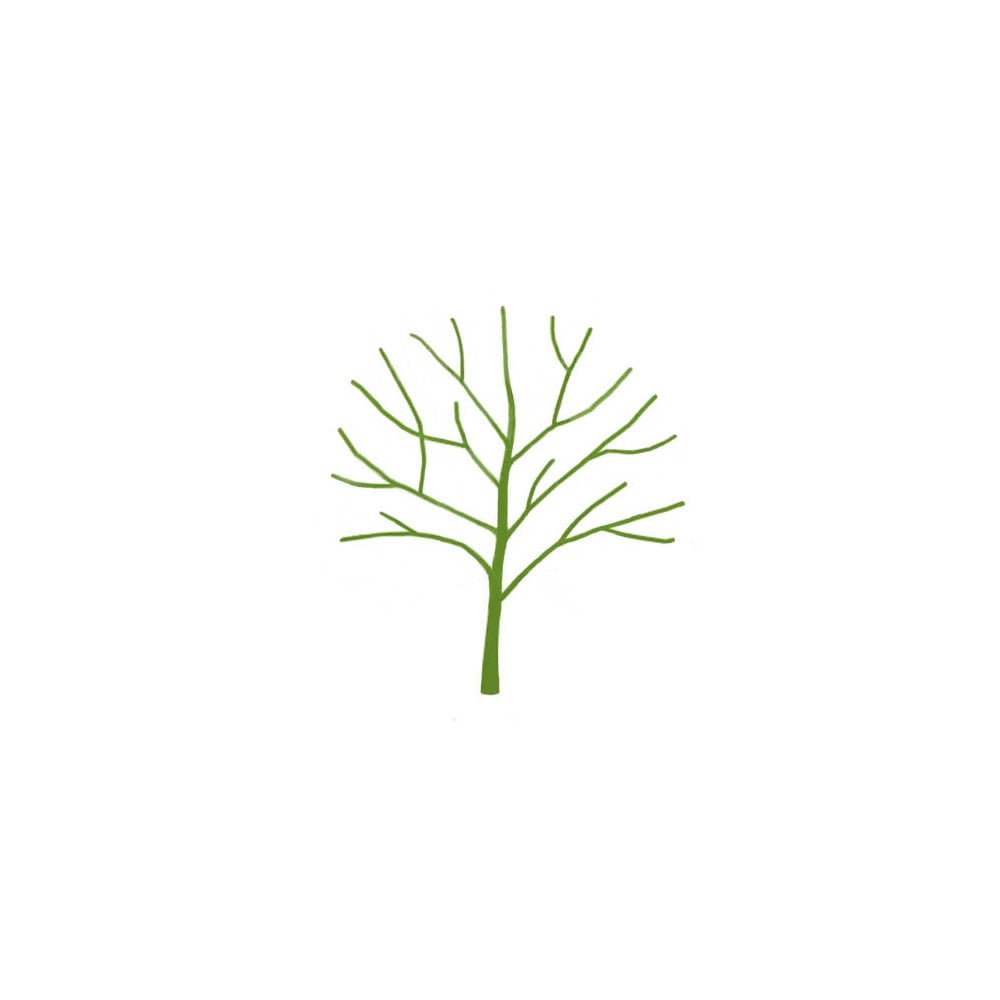Plum Herman Tree
Plum Herman Tree
Dual Purpose Eating & Cooking Plum Trees

Plum Herman Tree
Dual Purpose Eating & Cooking Plum Trees





Key features




Description
A tasty early variety the Herman Plum has a good sweet-sharp flavour and is delicious eaten straight from the tree or used for culinary purposes. The dark purple skin encloses yellow flesh with a good flavour.
From Sweden in the 1970s, Plum Herman is a tough variety that will suit harsher climates, producing it’s fruit in early season, mid July. As a self fertile plum tree, Herman does not require a pollination partner and so can be grown alone.
| Small shrubs (1-3) | Young trees & 4+ small shrubs | Select semi-mature trees & shrubs (1-4) | All other mature trees (any quantity) | |
|---|---|---|---|---|
| Mainland UK ex. Scottish Highlands | £10 | £12 | £35 | from £55 |
| Scottish Highlands & the Islands | From £30 | |||
| Outside Mainland UK | Currently we are unable to deliver outside of Mainland UK | |||
Product Details
Key features




Description
A tasty early variety the Herman Plum has a good sweet-sharp flavour and is delicious eaten straight from the tree or used for culinary purposes. The dark purple skin encloses yellow flesh with a good...
A tasty early variety the Herman Plum has a good sweet-sharp flavour and is delicious eaten straight from the tree or used for culinary purposes. The dark purple skin encloses yellow flesh with a good flavour.
From Sweden in the 1970s, Plum Herman is a tough variety that will suit harsher climates, producing it’s fruit in early season, mid July. As a self fertile plum tree, Herman does not require a pollination partner and so can be grown alone.
Planting & Care
Delivery Information
| Small shrubs (1-3) | Young trees & 4+ small shrubs | Select semi-mature trees & shrubs (1-4) | All other mature trees (any quantity) | |
|---|---|---|---|---|
| Mainland UK ex. Scottish Highlands | £10 | £12 | £35 | from £55 |
| Scottish Highlands & the Islands | From £30 | |||
| Outside Mainland UK | Currently we are unable to deliver outside of Mainland UK | |||
MORE TO GROW YOUR GARDEN

























